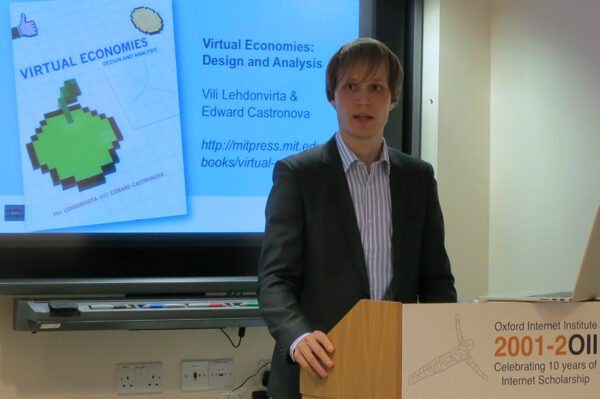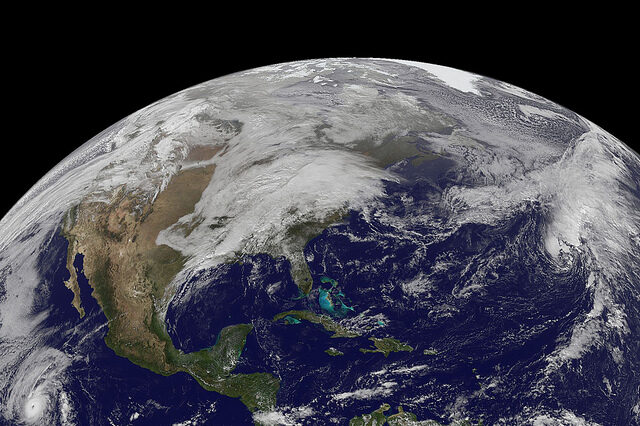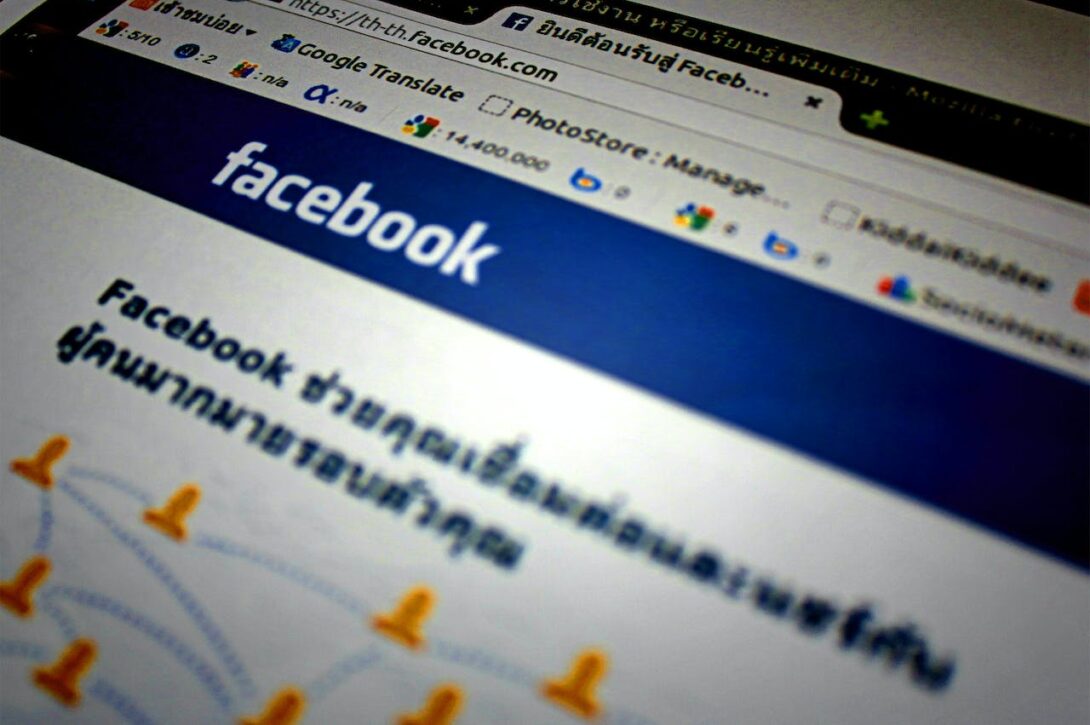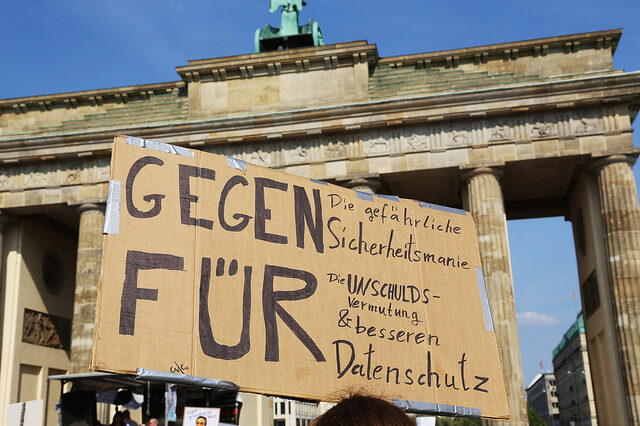Blog title
News
- Articles from Policy & Internet
- Books
- Call for Papers
- Child Safety
- Collective Action
- Conferences
- Democracy
- Development
- Economics
- Education
- Environment
- Ethics
- Governance & Security
- Health
- Interviews
- Mapping
- Methods
- Policy
- Politics & Government
- Publications
- Social Data Science
- Submissions Closed
- Tools
- Video
- Wellbeing
-

The sum of (some) human knowledge: Wikipedia and representation in the Arab World
—
Arabic is one of the least represented major world languages on Wikipedia: few languages have…
-

Economics for Orcs: how can virtual world economies inform national economies and those who design them?
—
in EconomicsUnderstanding these economies is therefore crucial to anyone who is interested in the social dynamics…
-

Mapping the Local Geographies of Digital Inequality in Britain
—
in MappingWithout detailed information about small areas we can’t identify where would benefit most from policy…
-

The social economies of networked cultural production (or, how to make a movie with complete strangers)
—
Looking at “networked cultural production”—ie the creation of cultural goods like films through crowdsourcing platforms—specifically…
-

The economic expectations and potentials of broadband Internet in East Africa
—
Were firms adopting internet, as it became cheaper? Had this new connectivity had the effects…
-

Unpacking patient trust in the “who” and the “how” of Internet-based health records
—
Key to successful adoption of Internet-based health records is how much a patient places trust…
-

The challenges of government use of cloud services for public service delivery
One central concern of those governments that are leading in the public sector’s migration to…
-

How easy is it to research the Chinese web?
—
The research expectations seem to be that control and intervention by Beijing will be most…
-

Technological innovation and disruption was a big theme of the WEF 2014 in Davos: but where was government?
The World Economic Forum engages business, political, academic and other leaders of society to shape…


